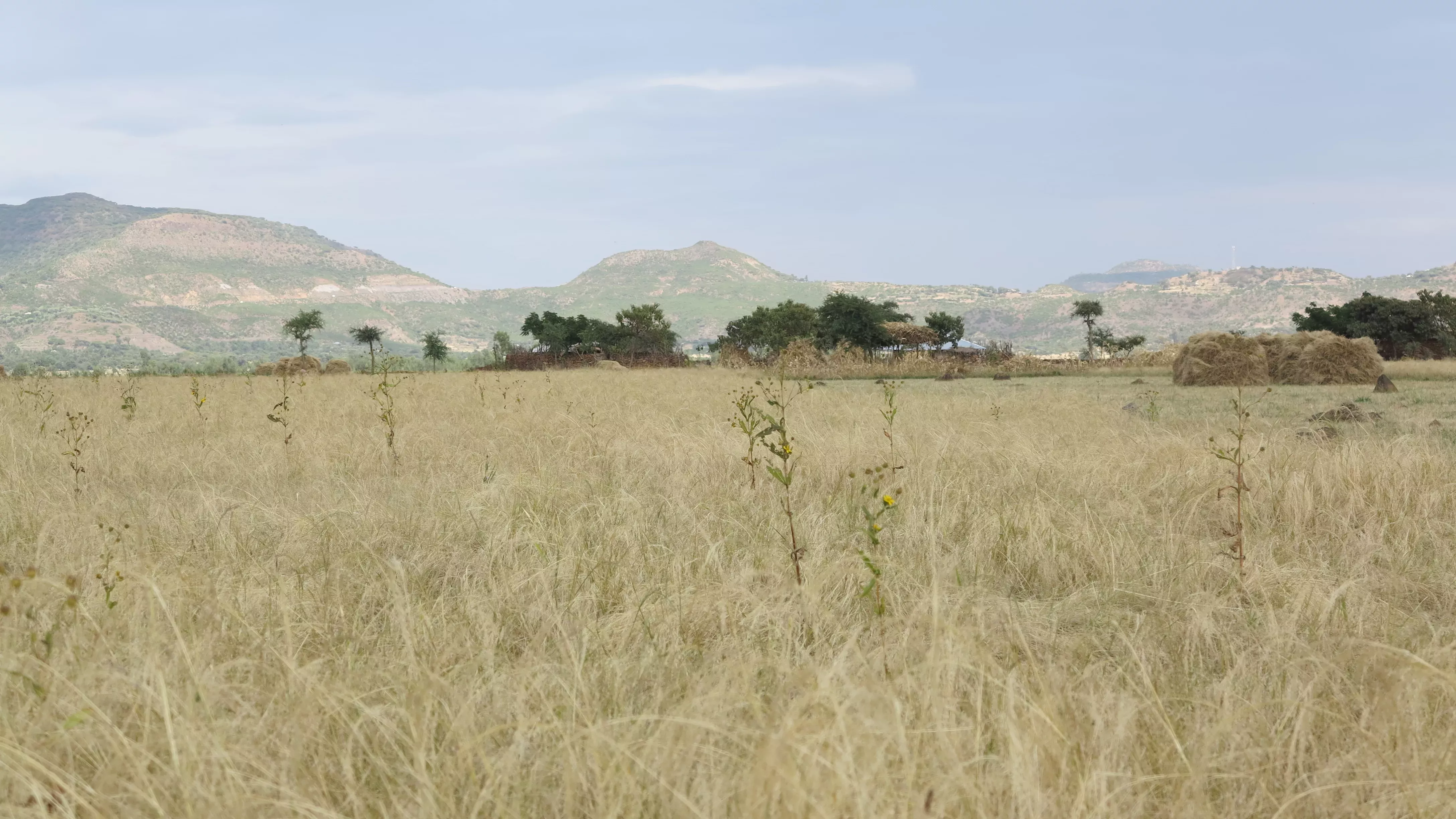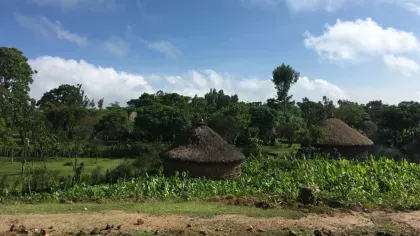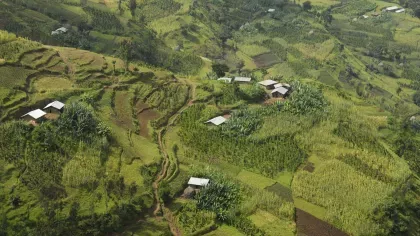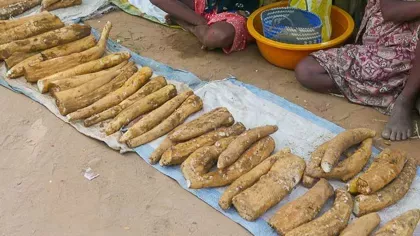31 January 2023
A fonio journey in Guinea: West Africa's "forgotten crop"
Pressures from the global trade market and sudden climatic shifts are leading local farmers to abandon traditional crops. But what if the key to a sustainable future lies directly in traditional agricultural diversity?

Why tropical crops?
Plant species across the globe are facing increasing threats, and the need to identify and protect the most important areas for plant diversity is more urgent than ever.
Since 2015, Kew has been tirelessly working on the preservation of tropical biodiversity within several target countries. Initiatives such as the TIPAs (Tropical Important Plant Areas) program were established to identify and protect sites that support globally threatened species and habitats, as well as exceptional plant richness.
Together with tropical wild plant diversity, the importance of preserving agricultural diversity gained increasing attention among Kew science projects and initiatives.
The tropical diversity of cultivated species, local varieties and landraces is becoming a victim to the same threats affecting the wild world, yet its preservation within traditional small-scale farming systems has proven to directly impact on the creation and maintenance of biodiversity-rich landscapes, and the improvement of food security and poverty reduction.

On one hand, tropical countries are global reservoirs of genetic diversity for cultivated species, holding an unrivalled diversity of indigenous crops and landraces. On the other, the diversity they hold often widely lacks scientific documentation and, consequently, adequate conservation.
Our trip to Guinea aimed to fill such a gap: building on our knowledge of West African food crops and documenting local traditional food systems, using interviews with people growing and consuming crop, plant and seed collections, and developing partnerships with local NGOs and institutions.

Guinea: a treasure to uncover
The African continent is witnessing a progressive abandonment of traditional food and agricultural systems, following increasing urbanisation, social transformations, and land use change. Many of the native species and landraces it hosts are being replaced by a narrow range of commercial hybrids, and quickly becoming “forgotten crops”.
Guinea – an ecologically-diverse country which contains many TIPAs – represents a striking example of this.
Despite being a diversity hotspot for some of the most important native crops of Africa, such as yam (Dioscorea spp.), African rice (Oryza glaberrima) and fonio (Digitaria exilis), the scarcity of empirical data testifying such record strongly limits the development and application of effective conservation policies.
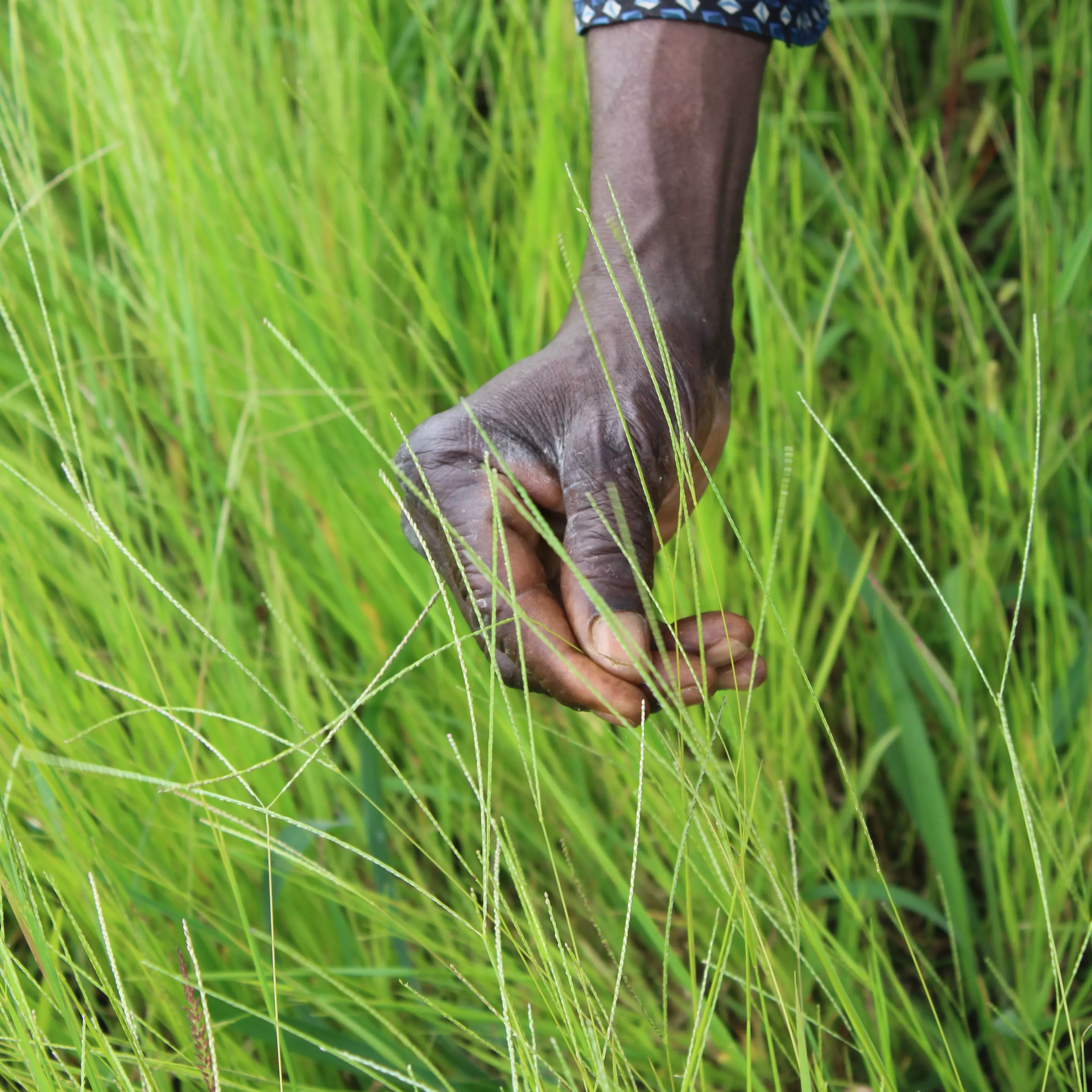
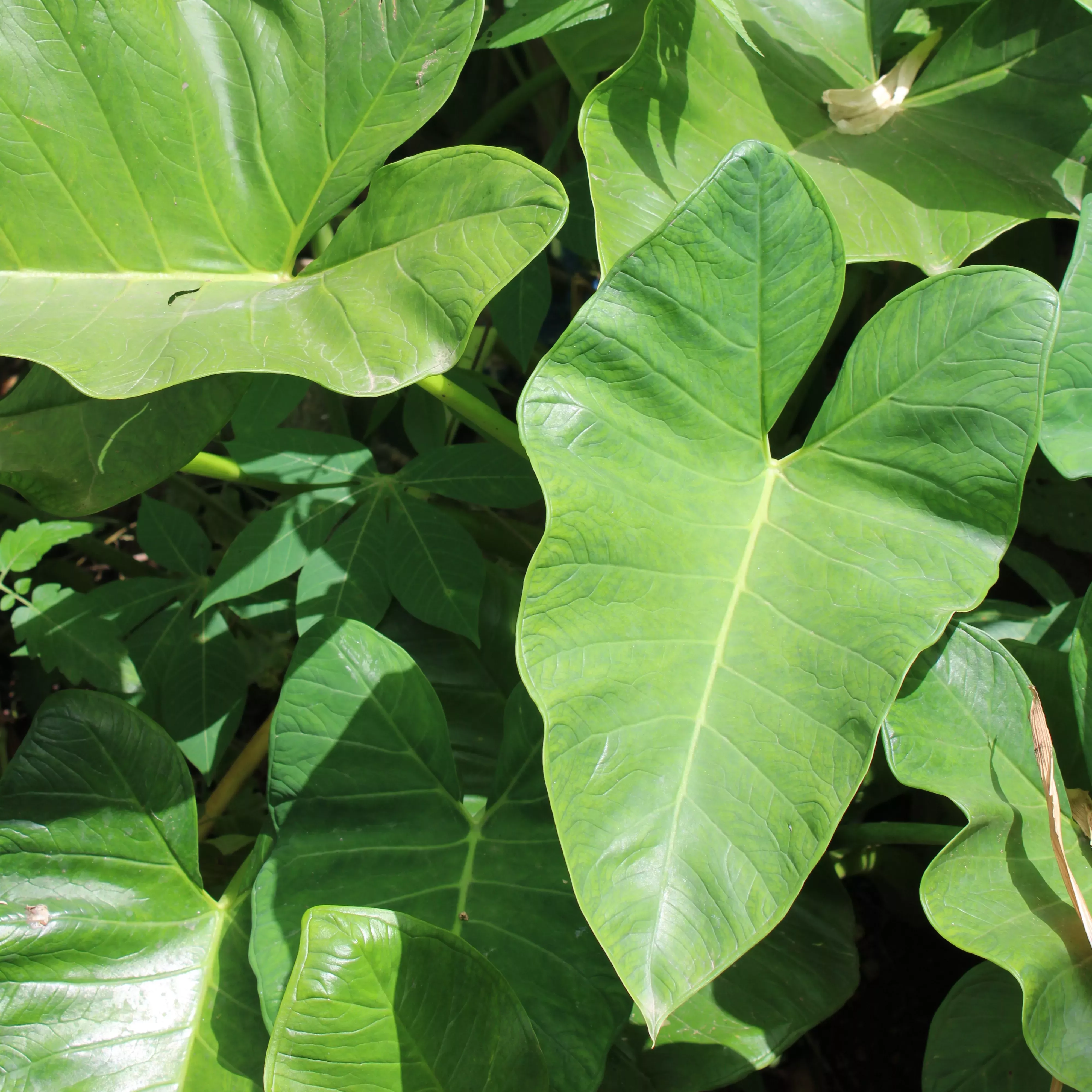
According to FAO (United Nations Food and Agriculture Organisation), today, 90% of our caloric intake comes from only 15 species, usually cultivated on large-scale intensive systems.
Guinea, despite its history and wealth of local resources, is dangerously slipping towards such a trend. The consumption of native crops in the country is dramatically decreasing in favour of introduced varieties, high-yielding but often nutrient-poor, input-dependent, and less resilient to climate change.
The need to explore, document and protect its agricultural heritage is more urgent than ever.
Fonio for thought
The crop fonio was once a staple food across West Africa, renowned for its quick-growth, tolerance to dry and nutrient-poor soils, and relatively strong nutritional profile. These traits provide a strongly climate-resilient plant, which can support communities during devastating crop losses due to droughts.
After the adoption of maize and Asian rice within the West African agricultural systems and a growing dependence on imported cereals, this native crop has seen a decline, and in many areas is now only cultivated for use in cultural activities, or export to Europe and the US, where it has gained popularity as a health food marketed at people with gluten intolerance or diabetes.
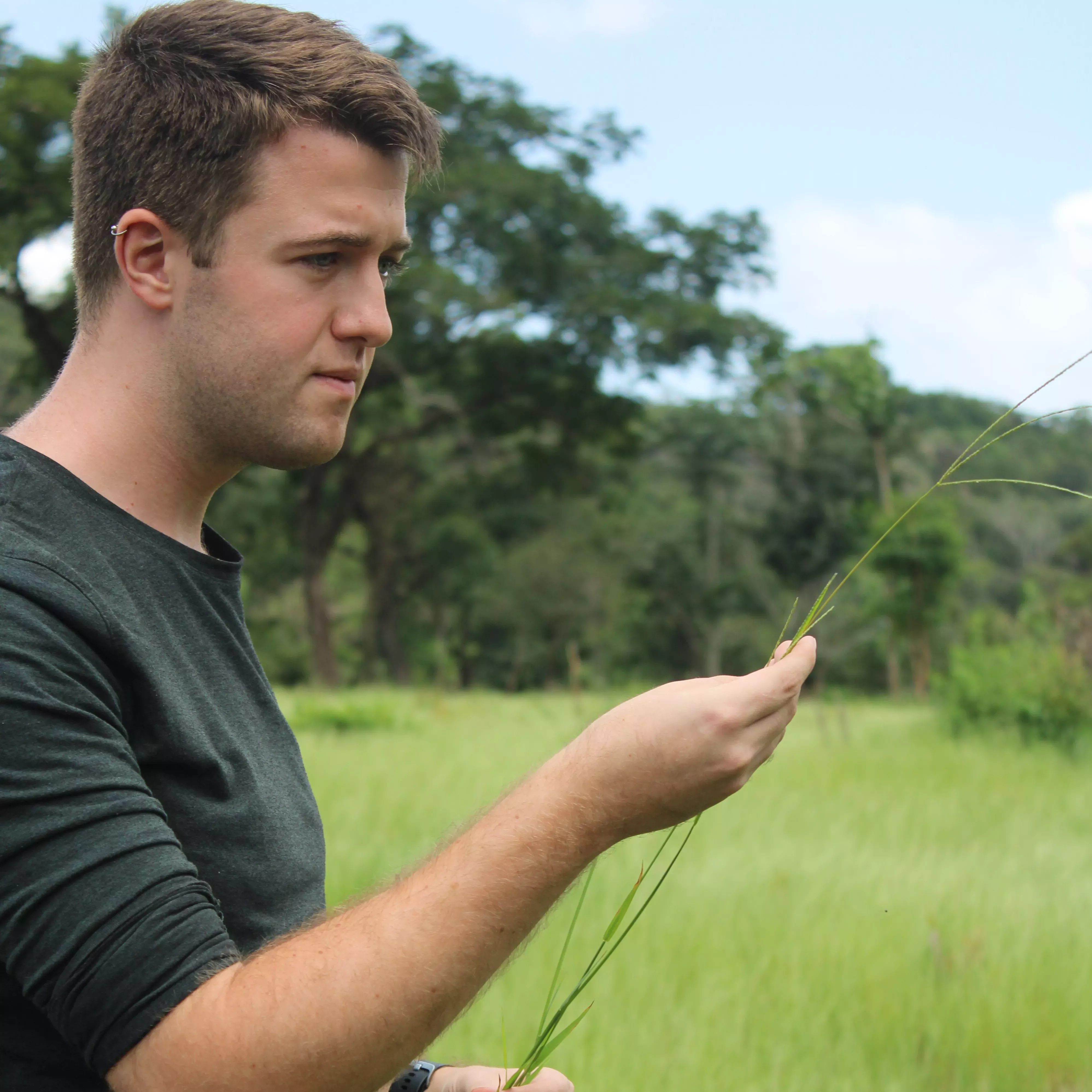
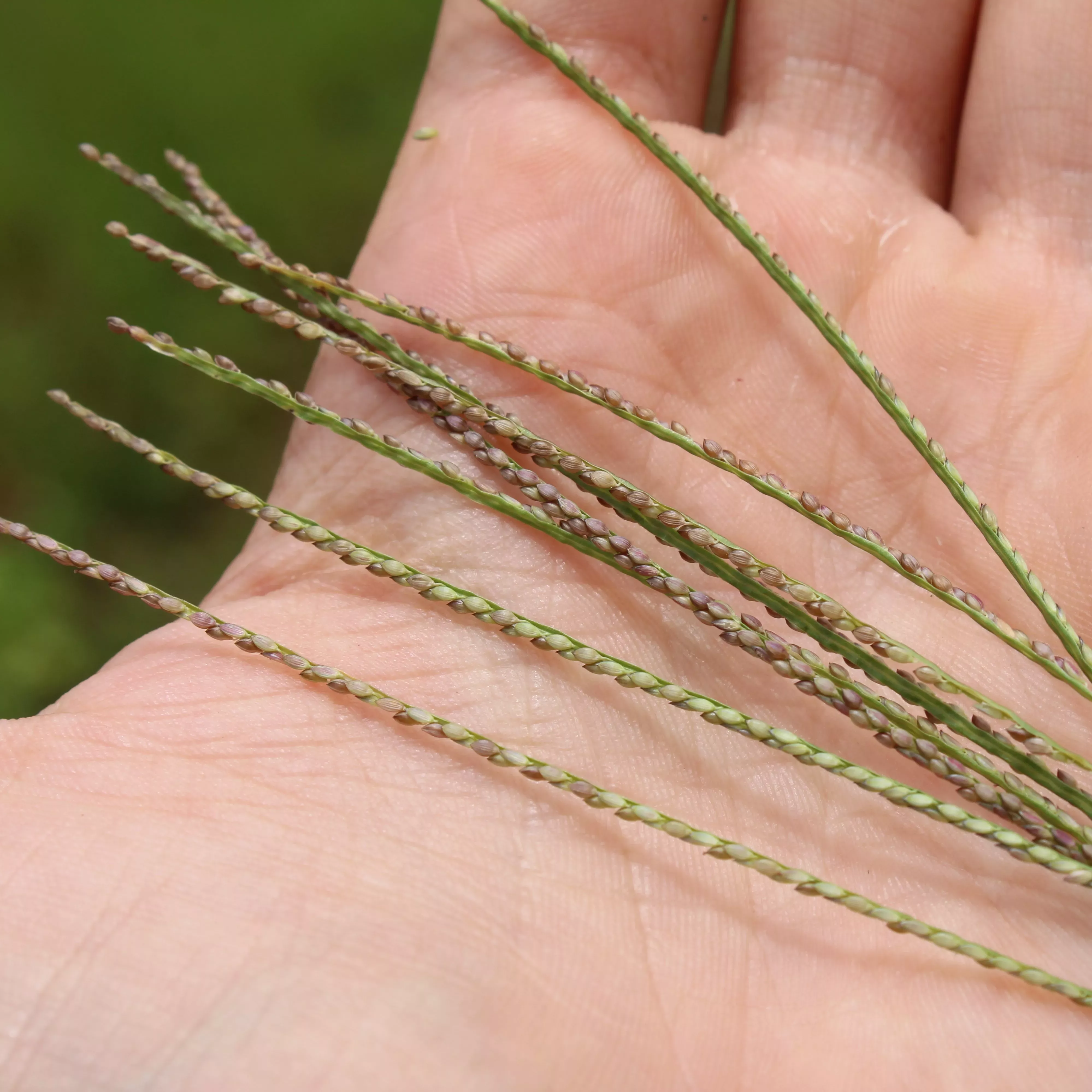
A small group of regions still maintain a high diversity of fonio landraces and cultivation for home-use, the biggest hotspot being the Fouta Djallon region of Guinea. This is where our fieldwork took us in September/October 2022.
Here in the highlands, fonio can be found in markets and in restaurants where the grains are prepared as a couscous and accompanied with sauces made with peanuts, chillies, potato and manioc leaves, cooked in a rich red palm oil with goat, chicken or smoked fish.
In addition to the different preparations made in restaurants, they make sweet porridges adding tamarind or lemon, savory porridges (soups) mixed with peanuts, and white bread (pâtes blanche) used in weddings and religious ceremonies.

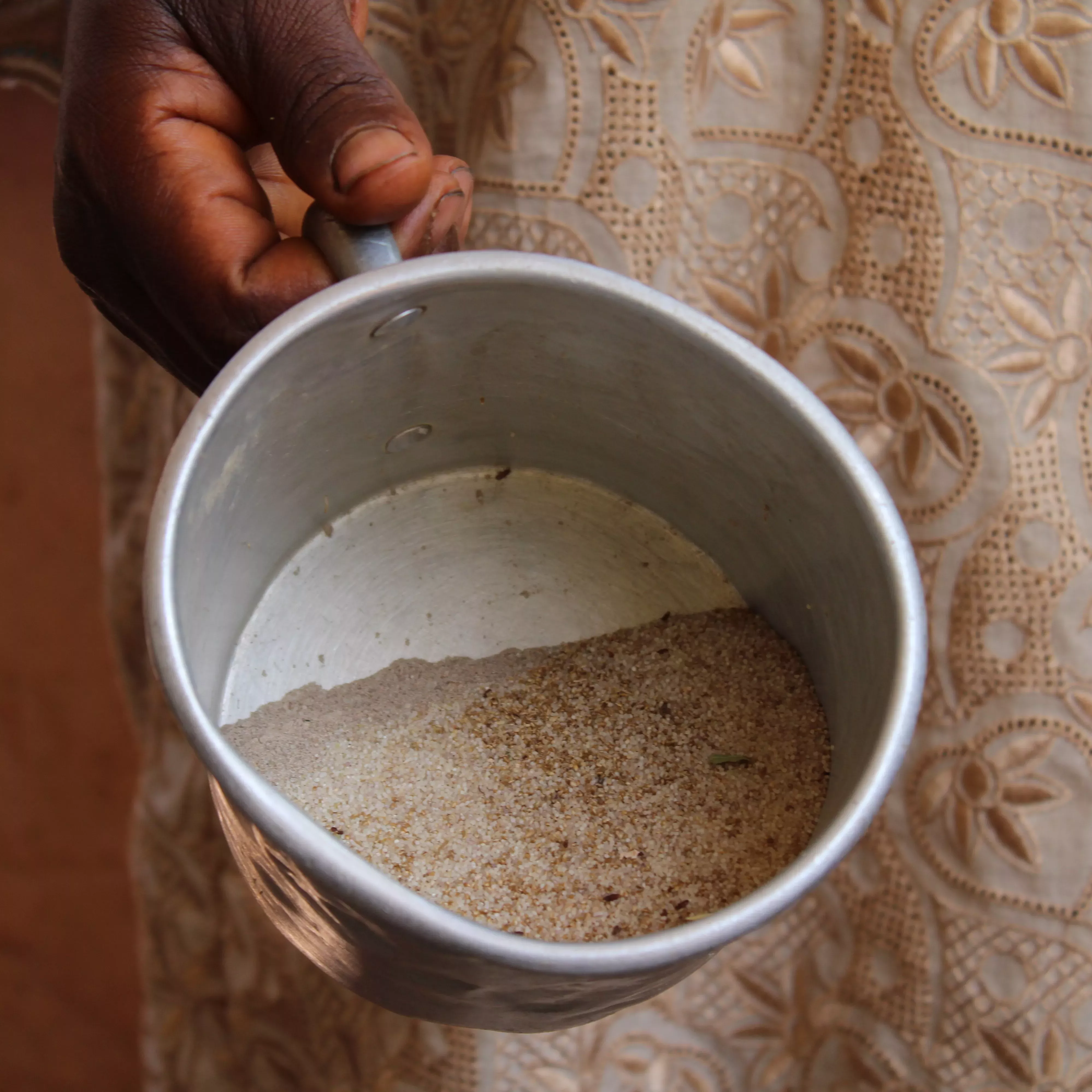
The versatility of fonio preparation is reflected in the landrace varieties.
During our trip we had the opportunity to visit 15 different villages across the region and talk to over 70 farmers about the diversity of their crops. They recognised the minute characteristics of each variety, with the hulled grains changing from black through rosy pink and deep reds, to white. Each variety also correlated with a seasonal growth pattern (early, medium or late), and a yield usually dependent on how many racemes (flower clusters) they had.
This diversity mirrored that of other crops being grown, either in ‘tapade’ home gardens, which are dominated by maize and root crops such as manioc and taro, or in the larger outfields, where many varieties of native rice are also cultivated.
Food futures
Despite constant reminders of the dangers of climate change from news articles, the recent COP27 conference, and on ocean temperature barcharts, it can sometimes be difficult to visualise its effects on everyday life.
This is not the case in the Fouta Djallon, where farmers have experienced huge shifts in precipitation and temperature over the past 10 years.
Early-harvest varieties of fonio are being replaced, either with more versatile varieties, or more commonly with rice. In regions where 4-8 different varieties are grown simultaneously to provide a natural resilience against freak weather or poor soils, this reduction in variety may cause issues to native food systems in the future, where a smaller pool of landraces are unable to cope with a more volatile climate. However, the persistence of some farmers to retain these climate-resilient, indigenous crops provides hope.
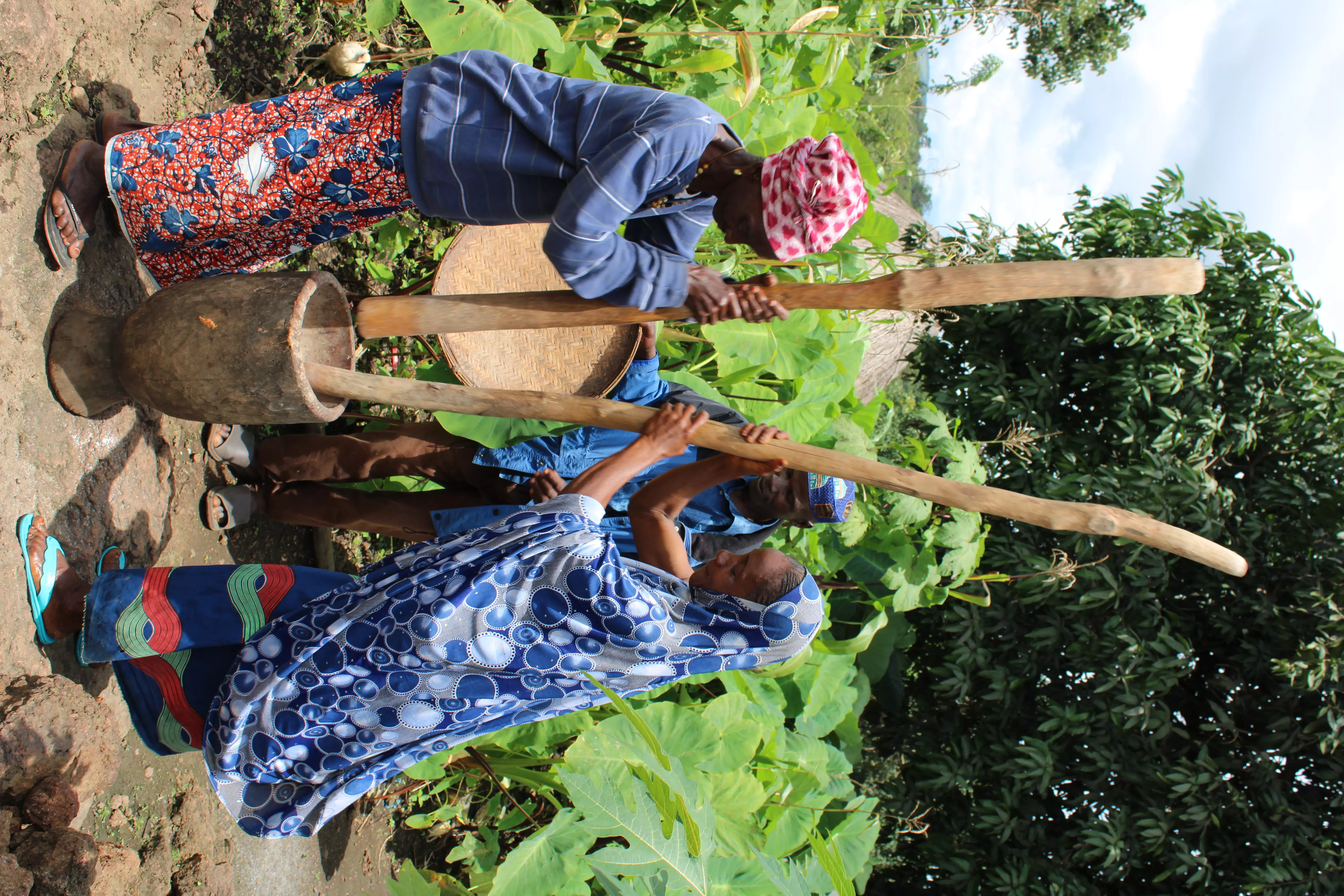
The key asset of working together
This study was only possible through Herbier National de Guinee, the national herbarium as part of the Universite Gamal Abdel Nasser de Conakry, which has led the way on TIPAs and developing education for botanists and conservationists across the country under the leadership of Sékou Magassouba as well as Kew’s Charlotte Couch and Martin Cheek.
Our partnership with the NGO Guinee Ecologie was also invaluable; collaboration with Saidou Camara and Mamadou Diawara allowed us to interact and work with local farmers across the region at a level that would not have been possible without them.
We hope that this project and others like it demonstrate the importance of on-the-ground agricultural research, and how our food systems will be affected by climate change in the future.

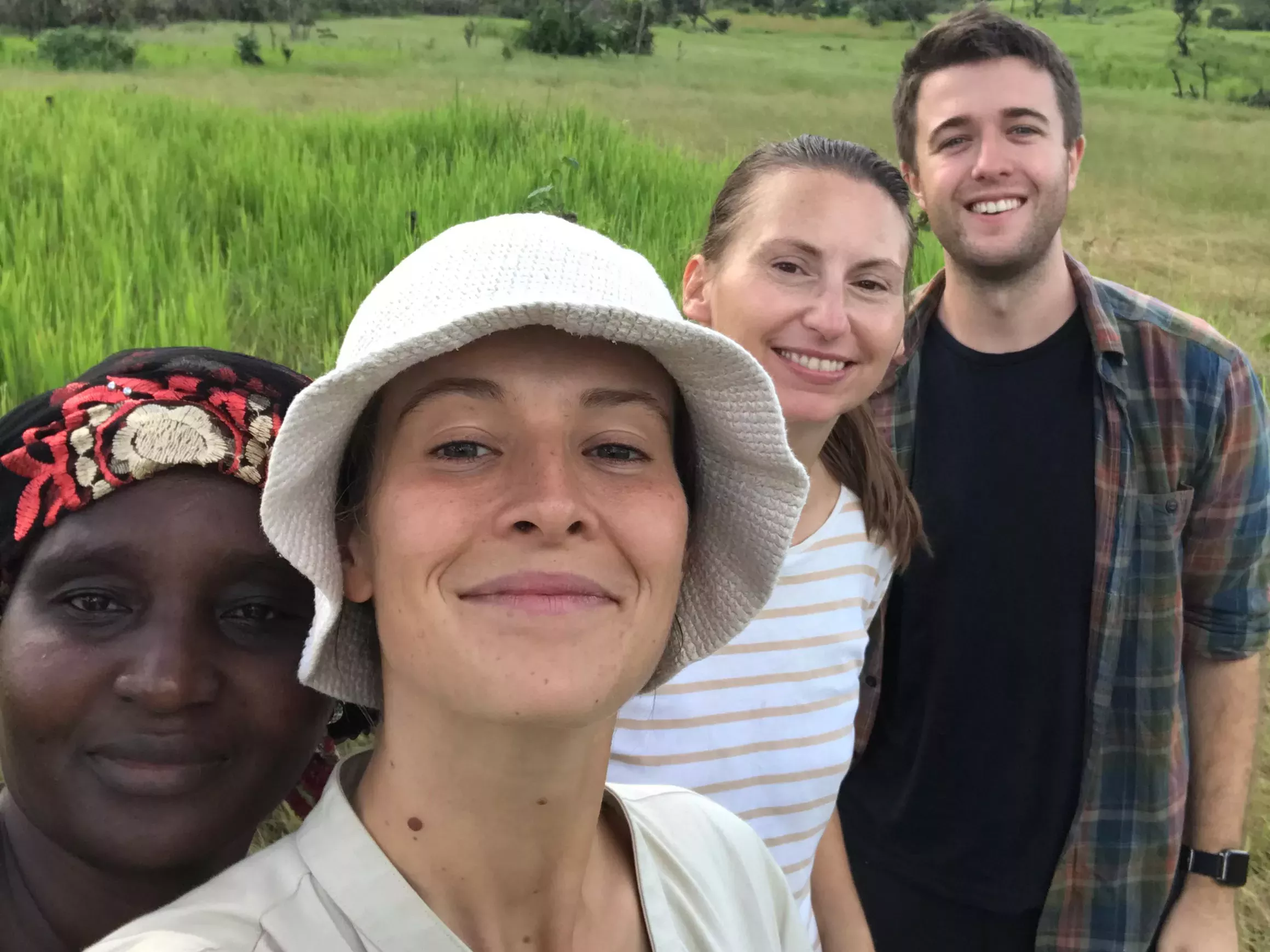
This fieldwork was undertaken as a collaboration between AgriHist (Agrisystem Histories and Trajectories) and an Imperial SSCP DTP project.
AgriHist is an interdisciplinary project aimed at exploring the role of indigenous food systems and forgotten crops in agricultural resilience, nutrition, and sustainability. Through the lens of Ethnobotany AgriHist deepen our understanding of the complex relationships between local agricultural choices, environments, cultural preferences, and temporal changes within two agrobiodiversity hotspots: the highlands of Ethiopia and Guinea. It is funded by the Arts and Humanities Research Council (AHRC)
The PhD project ‘Improving food security in Africa: taxonomy, genetics and ecology of finger-grasses’ is carried out by George Burton under the Science and Solutions for a Changing Planet DTP through Imperial College London. The project investigates the climate resilience and genetics of Digitaria crop grasses, funded by NERC.



